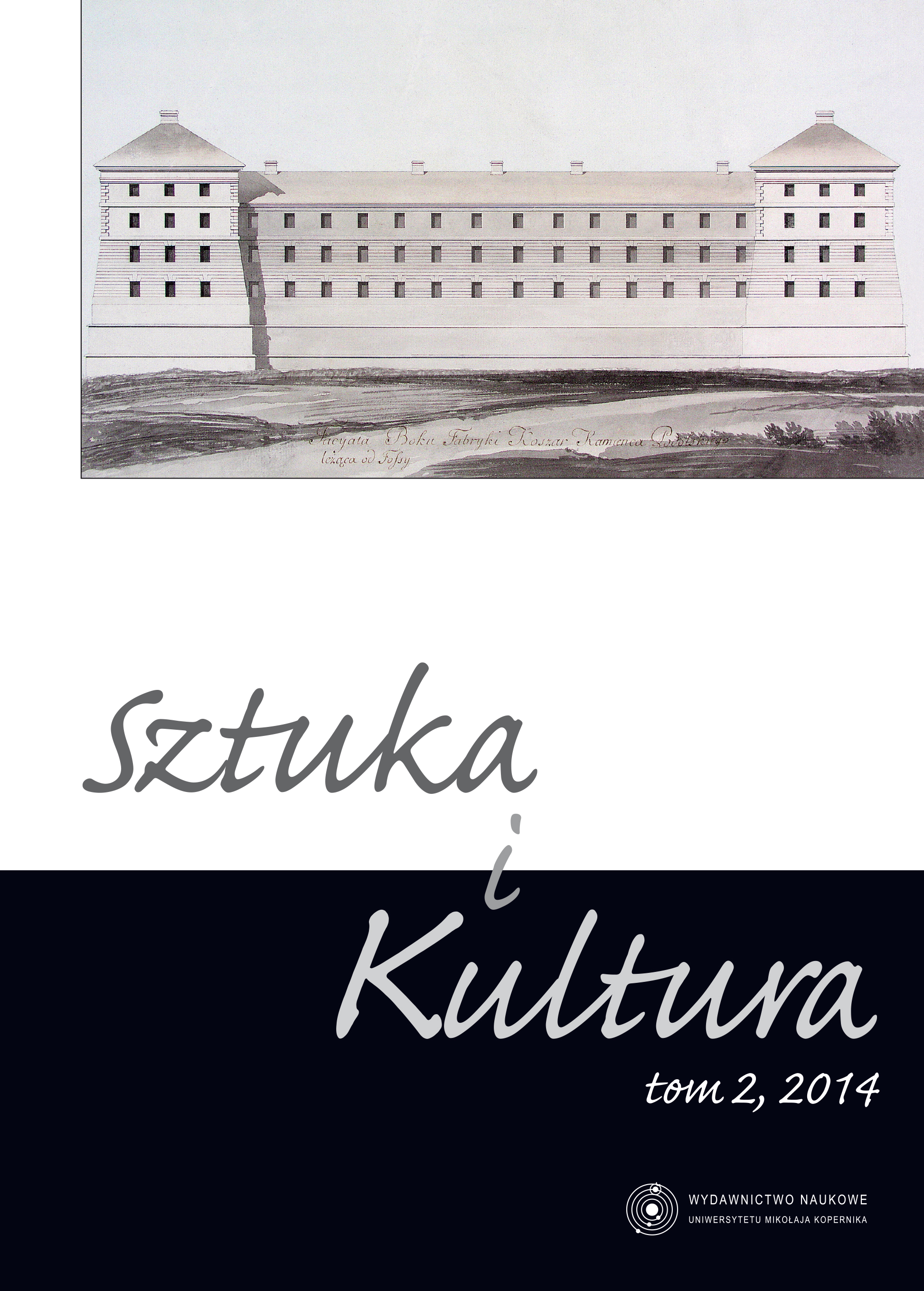Gothic “embracing crucifixes” and their wood carved examples from Würzburg, Suhl-Heinrichs and Helmstedt
DOI:
https://doi.org/10.12775/SZiK.2014.002Keywords
gothic sculpture, iconography, embracing crucifixes, Würzburg, Helmstedt, Erfurt, medieval writings, literary sources of works of artAbstract
Gothic “embracing crucifixes” carved in wood, although known from only a few examples, constitute a real iconographic phenomenon of the 14th century worth closer scrutiny and renewed appraisal. These sizeable objects – be it of natural, or larger-than-life dimensions - are characterized by a particular disposition of hands; moreover, they also differ from later examples, which are less symbolic, more free in composition, and better corresponding to painterly and graphic images of the subject. The nomenclature of “embracing crucifixes” is reviewed in the paper, and the question of their visual classification as being part of the Man of Sorrows type revisited. The interpretation of these objects must inevitably refer to the essential vision of St. Bernard of Clairvaux – the Amplexus Christi. The motif of embrace is also present in writings of other medieval mystics, theologians and chroniclers. The theme of tender and devoted love towards God, and of desire for cosuffering is especially legible with Henry Suso. However, of highest importance is the consideration of fragments of sermons and treatises by Johannes Eckhart von Hochheim, “the master of life and word”. The motif of embrace, closeness and submersion of human soul in God is constantly present in his writings. These sources form the background necessary to undertake any attempt at interpretation of works of art in question, even if the themes of spiritual embrace and closeness are more widespread in literature and art of the period, particularly in the first half of the 14th century. In visual sphere, they include the related subject of Allegory of Good and Bad Prayer, but significant affinities with the “embracing crucifixes”, whether visible in formal gesture, or in embodiment of theological idea, also exist in some sculptural or painterly representations of Christ in Tomb, Crucifixion, Lamentation, Virgin of Mercy, and especially Descent from the Cross.
Downloads
Published
How to Cite
Issue
Section
Stats
Number of views and downloads: 788
Number of citations: 0



